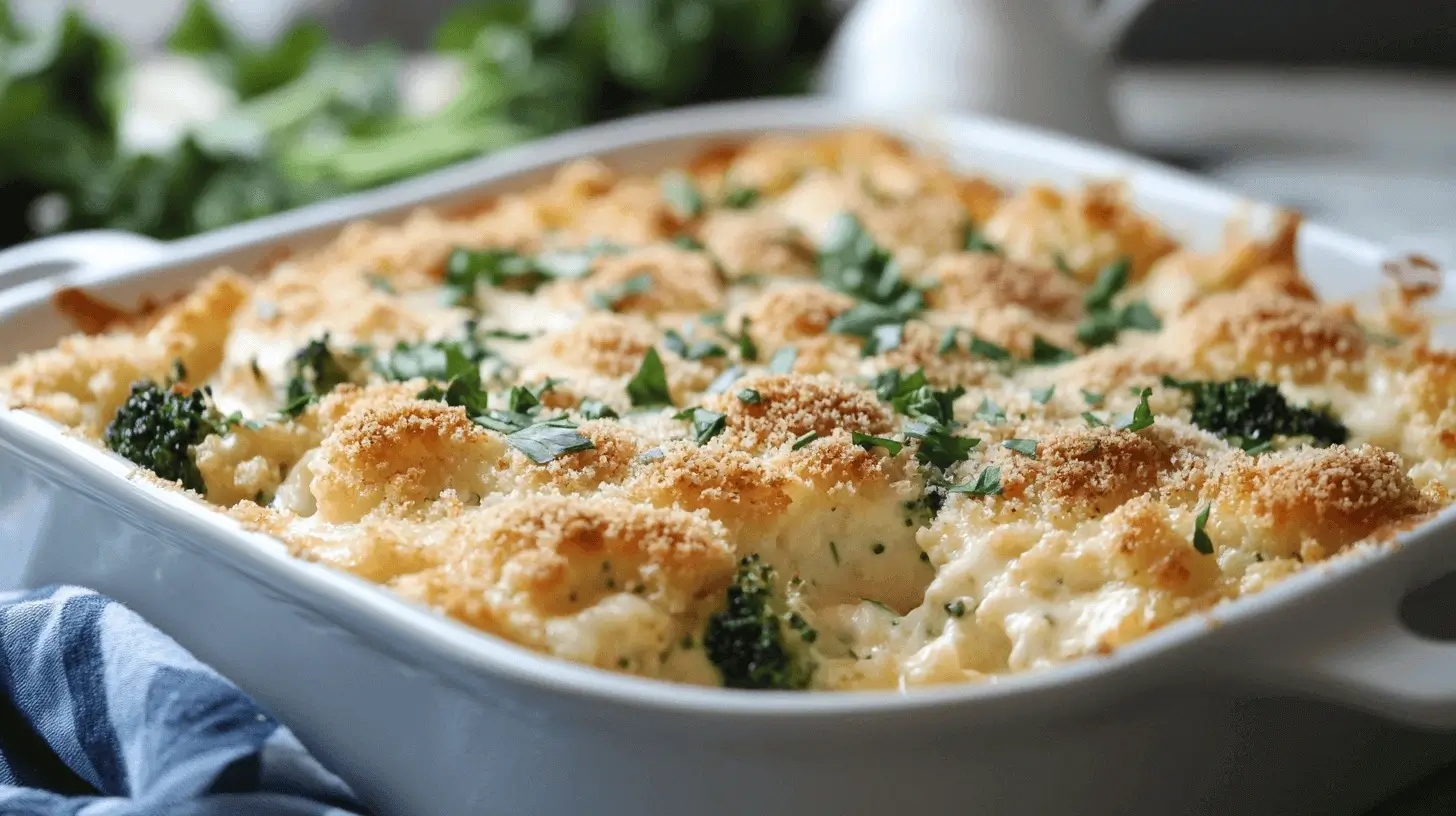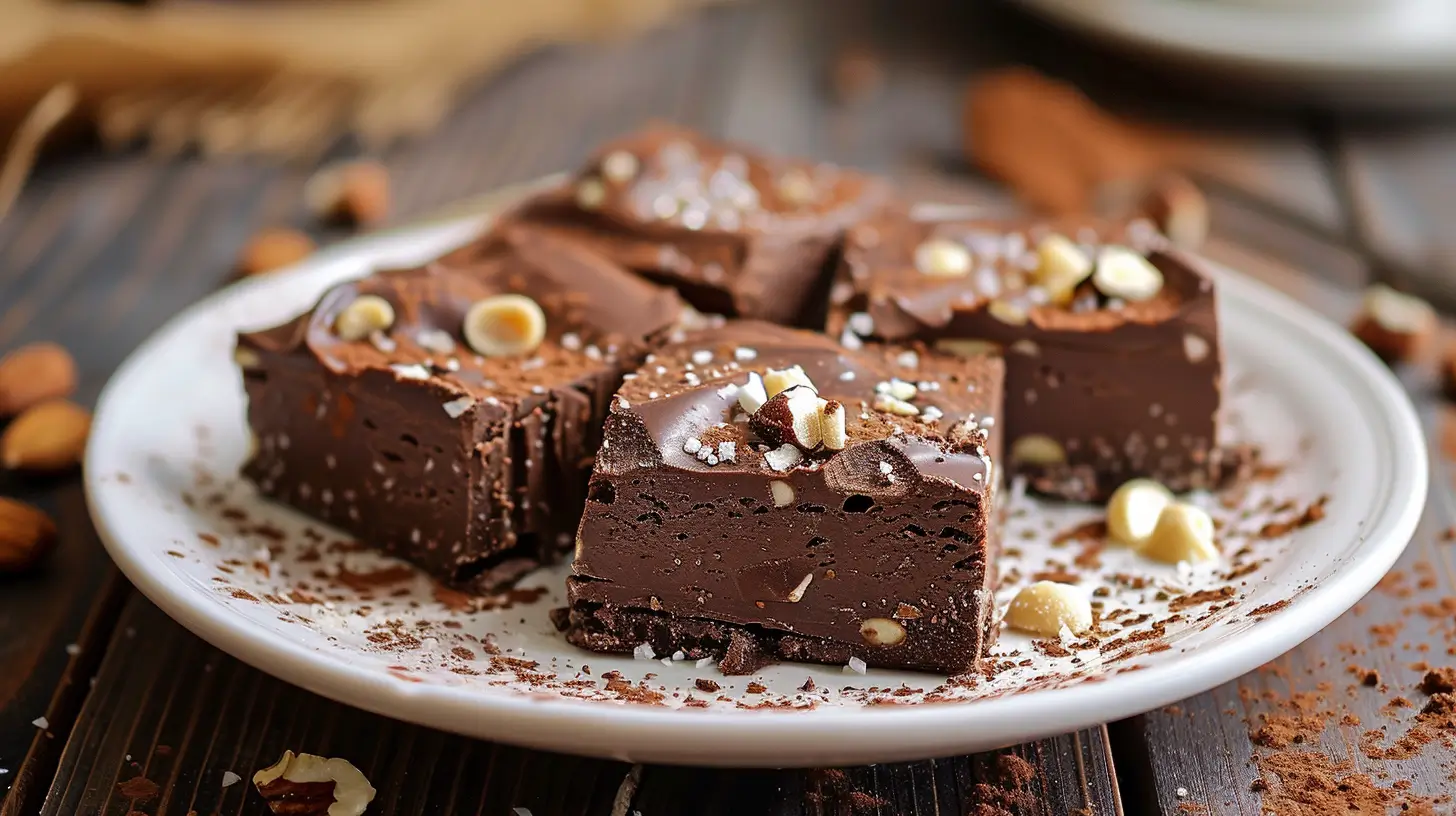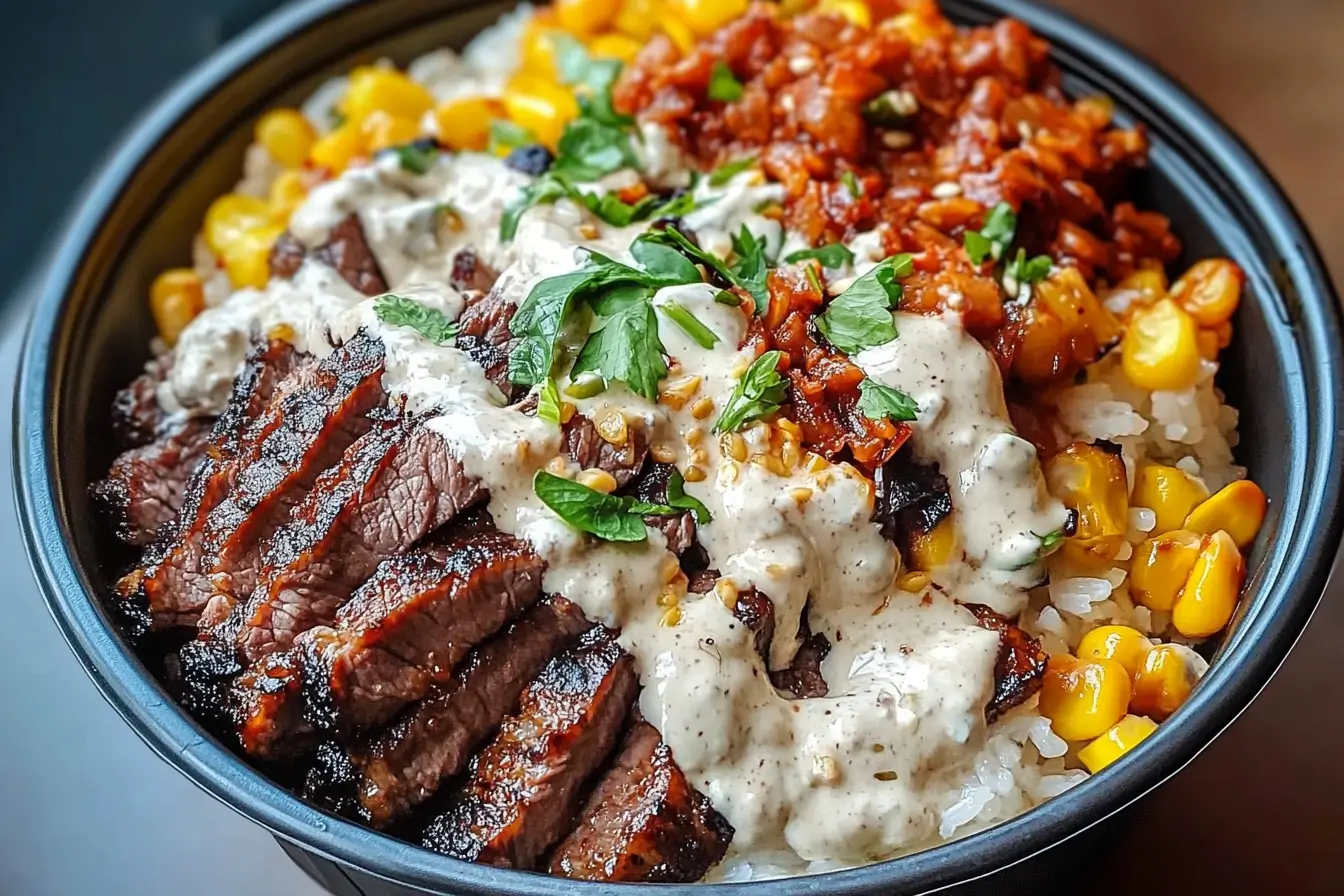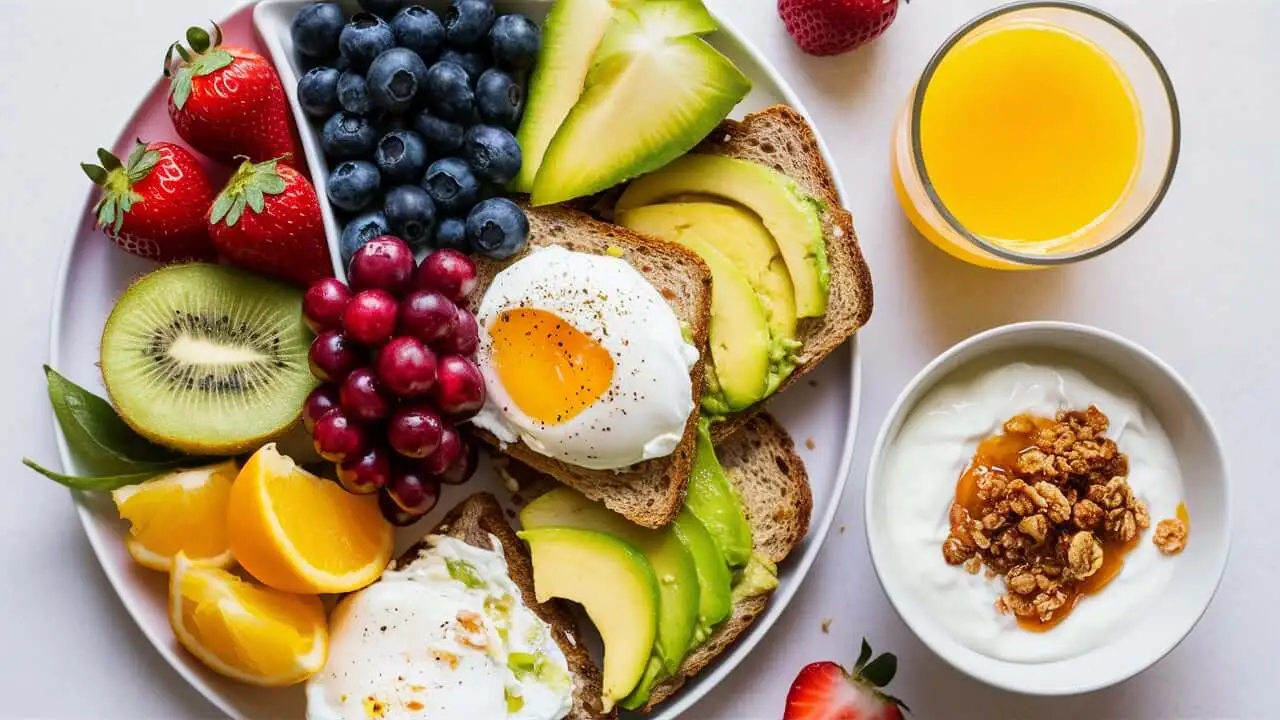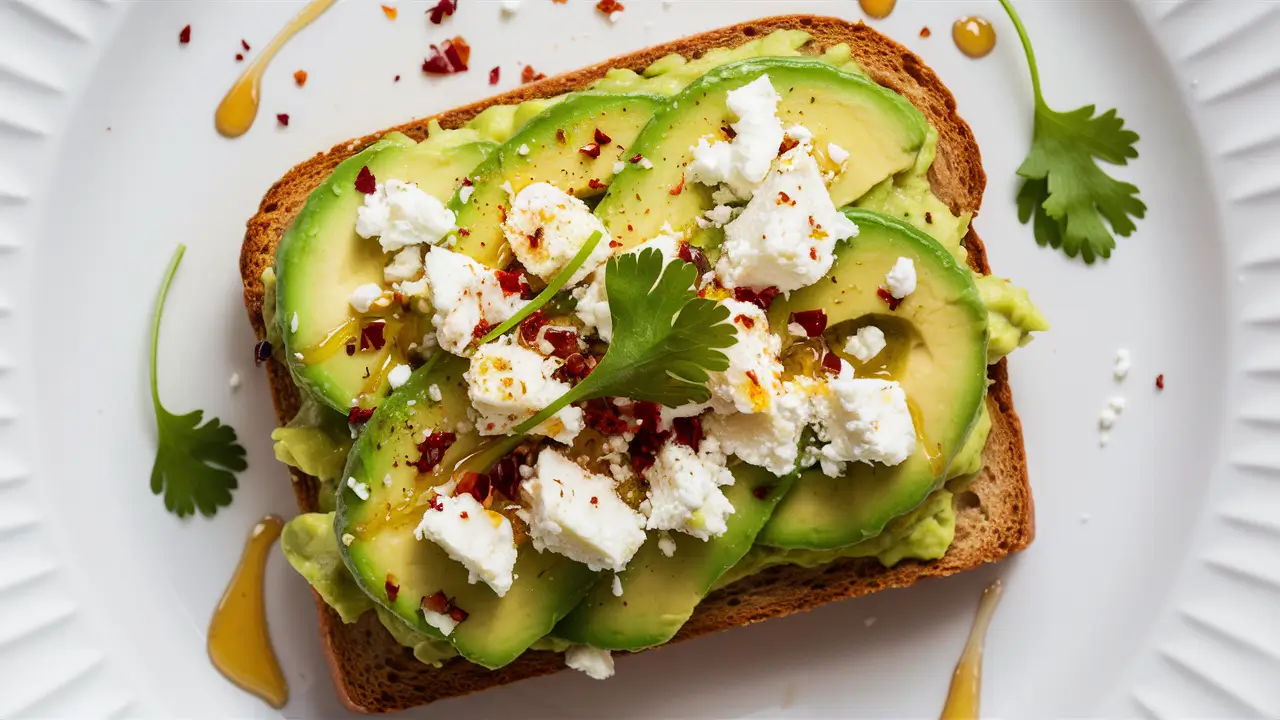What is a Broccoli Cauliflower Casserole? Imagine a creamy, cheesy delight that’s packed with nutrients. That’s exactly what you get with a broccoli cauliflower casserole. This dish has become a favorite for many, not just for its taste but also for its health benefits.
The popularity of vegetable casseroles
Vegetable casseroles have soared in popularity, especially as more people look for nutritious, tasty meals that are easy to prepare. They’re perfect for family dinners, potlucks, and even meal prepping for the week. With a combination of wholesome ingredients and comforting flavors, it’s no wonder that casseroles have a special place in many kitchens.
Health Benefits of Broccoli and Cauliflower
Nutritional content of broccoli
Broccoli is often dubbed a superfood, and for good reason. It’s loaded with vitamins like C, K, and A. Plus, it’s a fantastic source of fiber, which is crucial for digestive health. Broccoli also contains folate, which is important for cell function and tissue growth. The high levels of vitamin C boost the immune system, helping the body fight off illnesses.
Nutritional content of cauliflower
Cauliflower might not have the same superfood label, but it’s just as impressive. It’s rich in vitamin C, K, and B6. Moreover, it’s low in calories, making it an excellent choice for those watching their weight. Cauliflower also contains choline, which is essential for brain development and neurotransmitter synthesis. The antioxidants in cauliflower help protect against oxidative stress and inflammation.
Why Are Broccoli and Cauliflower Good for You?
Rich in vitamins and minerals
Both broccoli and cauliflower are packed with essential vitamins and minerals that support overall health. They boost your immune system, improve bone health, and even enhance skin quality. These vegetables provide a good amount of calcium, magnesium, and phosphorus, which are vital for maintaining strong bones and teeth.
High in fiber
Fiber is a key component of a healthy diet, and both of these veggies deliver plenty. Fiber helps in digestion, aid in maintain a healthy weight, and reduce the risk of heart disease. It also helps to regulate blood sugar levels and promotes a feeling of fullness, which can prevent overeating.
Contains antioxidants
Antioxidants help protecting your cells from damage. Broccoli and cauliflower are rich in these, helping to reduce inflammation and potentially lowering the risk of chronic diseases. The antioxidants found in these vegetables include beta-carotene, lutein, and zeaxanthin, which are beneficial for eye health and may reduce the risk of cataracts and macular degeneration.
Broccoli Cauliflower Casserole: A Nutritional Powerhouse
Combining the benefits of both vegetables
When you combine broccoli and cauliflower in a casserole, you get a double dose of health benefits. This makes the dish not just delicious but incredibly nutritious. The combination of these two vegetables provides a wide range of vitamins, minerals, and antioxidants, making the casserole a perfect choice for a health-conscious meal.
Adding protein for a balanced meal
To make it a complete meal, you can add protein sources like chicken, tofu, or even legumes. This ensures you’re getting a balanced intake of carbs, proteins, and fats. Protein is essential for muscle repair and growth, and it helps keep you feeling full longer.
Ingredients for Broccoli Cauliflower Casserole
Fresh vs. frozen vegetables
Both fresh and frozen broccoli and cauliflower work well in this dish. Fresh vegetables offer a slight edge in texture, while frozen ones are convenient and retain most of their nutrients. When choosing fresh vegetables, look for ones that are firm and have a vibrant color. For frozen vegetables, make sure they are free of ice crystals and freezer burn.
Common ingredients used
Apart from the veggies, you’ll need cheese, milk or cream, garlic, onions, and some breadcrumbs for a crunchy topping. Seasonings like salt, pepper, and herbs enhance the flavor. You can also add ingredients like mushrooms, bell peppers, or tomatoes for extra flavor and nutrition.
Preparation Steps
Prepping the vegetables
Start by washing and cutting the broccoli and cauliflower into bite-sized pieces. If using frozen veggies, thaw them first. Blanching the fresh vegetables in boiling water for a few minutes before assembling the casserole can help retain their vibrant color and crisp texture.
Assembling the casserole
Layer the veggies in a baking dish, pour over the creamy sauce, and sprinkle with cheese and breadcrumbs. Simple, right? You can also add layers of cooked pasta or rice to make the dish more filling. Mixing the vegetables with a creamy béchamel sauce can add a rich and velvety texture to the casserole.
Cooking Techniques
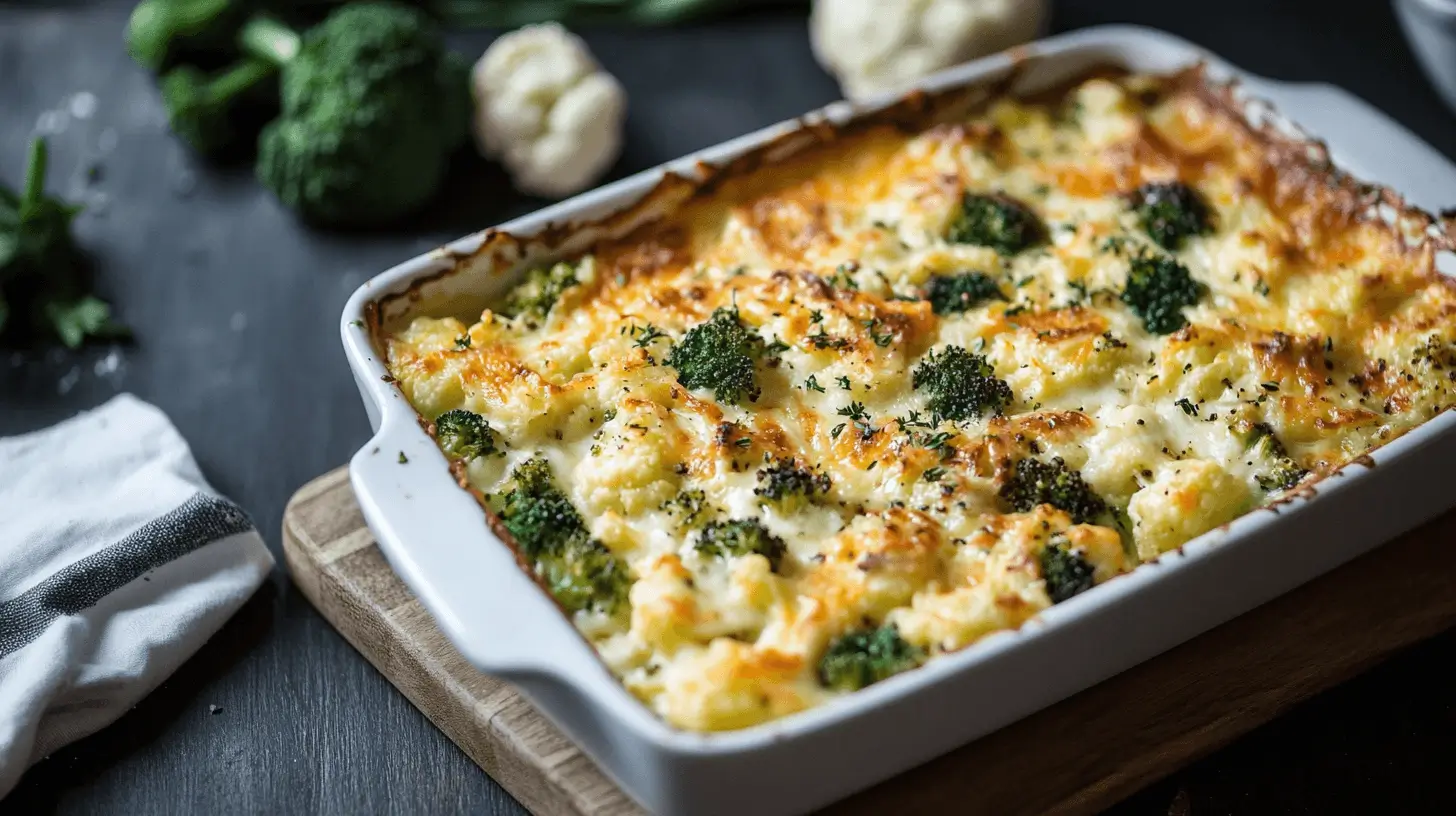
Baking tips
Bake your casserole at 350°F (175°C) for about 30-40 minutes until it’s bubbly and golden brown on top. Cover the dish with foil for the first 20 minutes to prevent the cheese from burning, then remove the foil for the remaining baking time to allow the top to crisp up nicely.
Alternative cooking methods
If you’re short on time, you can microwave the casserole, though it might not get that lovely crispy top. Using a slow cooker is another option for a hands-off cooking method. Just combine all the ingredients and cook on low for 4-5 hours or on high for 2-3 hours.
Flavor Enhancements
Herbs and spices to use
Add herbs like thyme, rosemary, or basil for an extra flavor kick. Spices like paprika or a dash of nutmeg can also elevate the dish. Fresh herbs like parsley or cilantro can be added just before serving for a burst of fresh flavor.
Adding cheese and other toppings
Cheese is a must! Cheddar, mozzarella, or even a bit of Parmesan works wonders. You can also add bacon bits or nuts for added texture and flavor. For a more gourmet touch, consider using blue cheese or Gruyère.
Serving Suggestions
Pairing with main dishes
This casserole pairs wonderfully with grilled meats, roasted chicken, or even as a hearty side to a vegetarian main. It’s also a great addition to a holiday spread or a potluck dinner.
Making it a complete meal
Add a side salad or some whole grain bread to round out your meal perfectly. A simple green salad with a light vinaigrette can balance the richness of the casserole.
Variations of Broccoli Cauliflower Casserole
Low-carb version
For a low-carb version, skip the breadcrumbs and use almond flour or crushed pork rinds as a topping. You can also replace the béchamel sauce with a mixture of heavy cream and cream cheese for a lower-carb alternative.
Vegan and dairy-free options
Use a dairy-free cheese and milk alternative to make a vegan-friendly version. Nutritional yeast can also add a cheesy flavor. Coconut milk or cashew cream can provide a creamy texture without the use of dairy.
Storage and Reheating Tips
How to store leftovers
Keep any remaining portions in a sealed container and refrigerate. It will keep for up to 3-4 days. To prevent the casserole from drying out, cover it with plastic wrap or aluminum foil before storing.
Best ways to reheat
Reheat in the oven to retain the crispiness, or use a microwave for a quick fix. If reheating in the oven, cover the dish with foil to prevent the top from burning.
Tips for Picky Eaters
Making it kid-friendly
Blend the veggies into the sauce if you have picky eaters at home. They’ll get all the nutrients without even realizing it. You can also add a layer of mashed potatoes on top to make it more appealing to kids.
Sneaky additions to increase nutrition
You can sneak in other veggies like carrots or spinach. Just chop them finely so they blend in well. Adding pureed butternut squash or sweet potatoes can also boost the nutritional content without altering the flavor too much.
FAQs About Broccoli and Cauliflower Casserole
Can I make it ahead of time?
Absolutely, you can prepare the casserole a day ahead and simply bake it right before serving. This is perfect for hectic weeknights or when hosting guests.
What if I’m not a fan of one of the vegetables?
Feel free to substitute with other veggies like carrots, zucchini, or even Brussels sprouts. The recipe is very versatile and can be adapted to suit your taste preferences.
Can I freeze the casserole?
Yes, you can freeze it before baking. Just thaw it overnight in the fridge before baking. Make sure to use a freezer-safe dish and cover it tightly to prevent freezer burn.
Is it gluten-free?
It can be made gluten-free by using gluten-free breadcrumbs or omitting them altogether. Ensure all other ingredients, such as sauces and seasonings, are also gluten-free.
What cheeses work best?
Cheddar, mozzarella, and Parmesan are all great choices. Experiment to find your favorite combination. For a more intense flavor, you can try using smoked gouda or fontina.
Conclusion
Broccoli cauliflower casserole is not just a comfort food but a nutritional powerhouse. Combining the benefits of these two super veggies, this dish is perfect for any meal. It’s versatile, easy to prepare, and can be tailored to suit various dietary needs. So why not give it a try and enjoy a delicious, healthy meal? With endless variations and serving possibilities, this casserole is sure to become a staple in your kitchen.
FAQs
What are the best vegetables to add to a casserole?
Apart from broccoli and cauliflower, carrots, bell peppers, and spinach make great additions to any casserole. These vegetables add color, flavor, and additional nutrients to the dish.
Can I make a casserole without cheese?
Absolutely! You can use a dairy-free cheese alternative or skip the cheese entirely and use a creamy sauce made from cashews or tofu. This is an excellent choice for individuals who are lactose intolerant or follow a vegan diet.
How do I keep my casserole from drying out?
Covering it with foil while baking can help retain moisture. Adding a bit more sauce can also prevent it from drying out. You can also add a layer of cheese or breadcrumbs on top to create a barrier that helps keep the moisture in.
What’s the best way to reheat a casserole?
Reheating in the oven is the best way to maintain the casserole’s texture. Microwaving is faster but can make it soggy. To prevent this, cover the dish with a damp paper towel while microwaving.
Is it possible to use a slow cooker for this recipe?
Absolutely, the recipe can be adjusted for a slow cooker. Cook on low for 4-5 hours or on high for 2-3 hours until the veggies are tender and the casserole is heated through. This method is perfect for busy days when you want to come home to a ready-made meal.
By exploring these aspects, you’ll not only understand the benefits of broccoli and cauliflower but also enjoy a versatile and delicious dish. Happy cooking! With this detailed guide, you’re all set to create a nutritious and tasty broccoli cauliflower casserole that will be a hit with your family and friends.
[tasty-recipe id=”783″]

